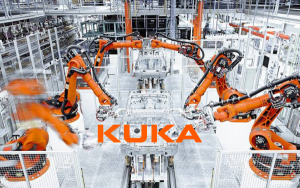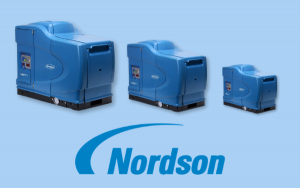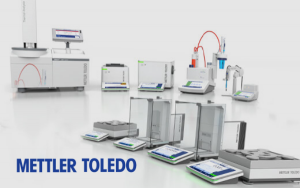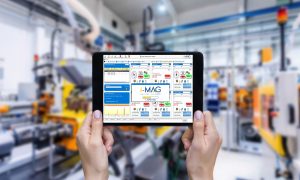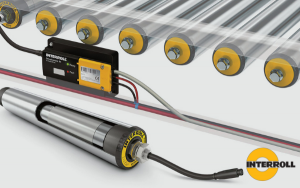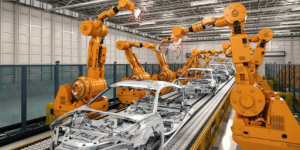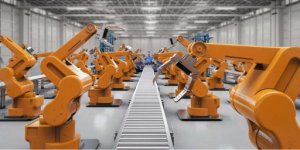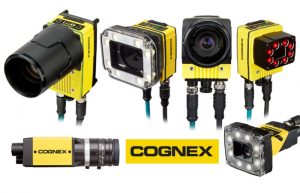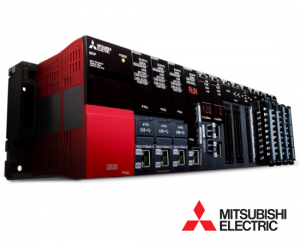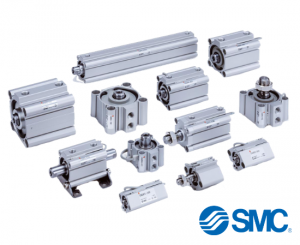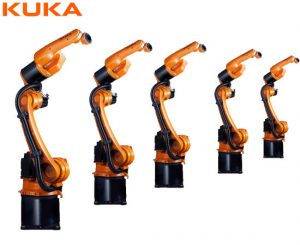A smart warehouse is a large building in which raw materials and manufactured goods are stored, using machines and computers to complete conventional warehouse operations previously performed by humans. These activities include identifying and receiving orders, counting products, storing products and remembering where they are for later, and sending orders to the right places. Today’s most successful smart warehouses have automated almost the entire operation and the journey of goods from supplier to customer, with negligible margin of error.
Smart warehouses are inspired by smart factories and adopt a similar data-driven environment. They combine many automated and interconnected technologies to create a technological environment in which goods and orders can be received, sorted, sorted, identified and prepared for shipment. automatic way. The collaboration between these technologies allows warehouse workers to increase the productivity, quality, and efficiency of their facilities while reducing the number of errors that occur and the amount of labor required.

How does a smart warehouse work?
Smart warehouses rely heavily on Robots, IoT, and artificial intelligence (AI) to enable technology to perform tasks – like managing inventory and locating products around the warehouse – instead of letting humans do the work. do work.
Other key components of a smart warehouse include:
- Radio Frequency Identification (RFID)
- Garment technology
- Sensor
- Warehouse Management System (WMS)
The robots used in smart warehouses will automate the product recall process by physically distributing the requested items to employees who pack the order. IoT is what allows the robots in the smart warehouse system to communicate with all the other necessary technologies and complete their tasks.
Artificial intelligence is mainly used to increase productivity and reduce errors. Robots can use AI to figure out how to find and select products most efficiently. Other machines can use AI to pack products in the most space-saving way. The AI can also determine the best box type for a particular shipment, using the item’s type, size, weight, and product number.
RFID enables warehouses to move from paper-based tracking to digital tag tracking. RFID also replaces barcode readers. While barcodes must be properly aligned with the registered reader, RFID scanners can identify packages when simply pointed in the appropriate direction. Furthermore, the partnership of RFID, wearables, and sensors provides warehouse managers with “real-time monitoring” of the progress and location of all inventory.
Wearables also allow workers to move around the facility and seamlessly access information instead of depending on an immobile workstation. In addition, the network of sensors in the smart warehouse is responsible for monitoring the entire operation and ensuring that everything is progressing appropriately.
Warehouse management systems track the day-to-day operations of the warehouse and reveal the efficiency of the processes and areas that could be improved. WMS gathers critical data and helps warehouse managers control operations and processes. Since most WMSs collect real-time data and provide visual reports, it can be used to reveal gaps or problems in operations, thus allowing staff to identify problems at the site. where and fix them.
Orders are received automatically by smart warehouse. At this point, the system checks and confirms that the required products are available. The list of items to be picked up is then sent to one of the system’s robots, which trigger the product picking and delivery to the packer. To function effectively, smart warehouses must be agile, flexible, and scalable, and provide data visibility.
Benefits of a smart warehouse:
The goal of a smart warehouse system is to provide companies with real-time visibility, enabling optimization of processes, and the ability to make instantaneous changes to improve operational speed. Smart warehouses can also eliminate the majority of human error and increase safety and security in the facility. Overall, the main benefit of a smart warehouse is its ability to save time and money for the company, increase profits, and improve customer and customer satisfaction levels.
Smart warehouses are also becoming increasingly important and beneficial as the need for accurate inventory management increases due to the rise of online shopping. It is essential for online retailers to provide accurate, real-time information to consumers about product availability. The data visibility provided by smart warehouse systems enables this to simultaneously help reduce out-of-stock situations, improve customer service, and increase customer satisfaction, thereby increasing loyalty. of customers and brands .
The future of smart warehouses:
Smart warehouses represent the transition from slow, responsive supply chains to faster, smarter automated systems, and this shift is expected to continue. Outsourcing and China’s dominance in cost-effective manufacturing will disappear as companies deploy smart warehouse systems that can operate more efficiently at similar costs, if not lower.
The distinction between a warehouse and a factory may also disappear as intelligent systems increasingly allow companies to manufacture items on-demand and immediately ship products to customers. Cobots, or Collaborative Robots Working with Humans, will make this possible as well as developments in the field of 3D printing .






